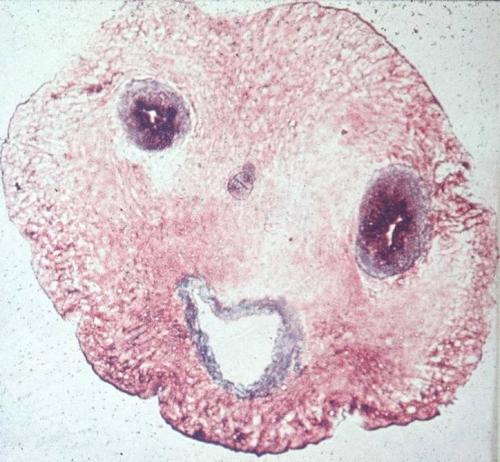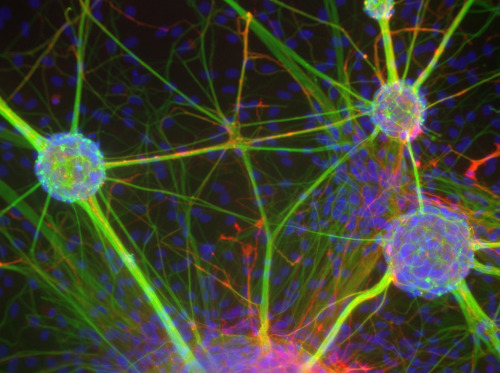Нашла на http://www.scienceblog.com/cms/hallucinogen-activates-mysterious-receptor-18609.html
A hallucinogenic compound found in a plant indigenous to South America and used in shamanic rituals regulates a mysterious protein that is abundant throughout the body, University of Wisconsin-Madison researchers have discovered.
The finding, reported in the Feb. 13 issue of Science, may ultimately have implications for treating drug abuse and/or depression. Many more experiments will be needed, the researchers say.
Scientists have been searching for years for naturally occurring compounds that trigger activity in the protein, the sigma-1 receptor. In addition, a unique receptor for the hallucinogen, called dimethyltryptamine (DMT), has never been identified.
The UW-Madison researchers made the unusual pairing by doing their initial work the "old-fashioned," yet still effective, way. They diagrammed the chemical structure of several drugs that bind to the sigma-1 receptor, reduced them to their simplest forms and then searched for possible natural molecules with the same features. Biochemical, physiological and behavioral experiments proved that DMT does, in fact, activate the sigma-1 receptor.
"We have no idea at present if or how the sigma-1 receptor may be connected to hallucinogenic activity," says senior author Arnold Ruoho, chair of pharmacology at the UW-Madison School of Medicine and Public Health. "But we believe that the National Institute on Drug Abuse (NIDA) may be interested in biological mechanisms underlying psychoactive and addictive drug action."
In addition to being a component of psychoactive snuffs and sacramental teas used in native religious practices in Latin America, DMT is known to be present in some mammalian tissues, and it has also been identified in mammalian blood and spinal fluid. Elevated levels of DMT and a related molecule have been found in the urine of schizophrenics.
Ruoho speculates that the hallucinogen's involvement may mean that the sigma-1 receptor is connected in some fashion to psychoactive behavior. When his team injected DMT into mice known to have the receptor, the animals became hyperactive; mice in which the receptor had been genetically removed did not.
"Hyperactive behavior is often associated with drug use or psychiatric problems," says Ruoho. "It's possible that new, highly selective drugs could be developed to inhibit the receptor and prevent this behavior."
The study revealed an additional neurologic link by confirming that the sigma-1 receptor and some compounds that bind to it inhibit ion channels, which are important for nerve activity. Work by many researchers — including some from UW-Madison — initially showed this relationship in earlier studies.
Some studies have also linked the receptor to the action of antidepressant drugs, and National Institutes of Health (NIH) scientists recently found that it appears to serve as a "chaperon," helping proteins to fold properly.
The Wisconsin researchers found that DMT is derived from the naturally occurring amino acid tryptophan and is structurally related to the neurotransmitter serotonin. This finding, Ruoho says, illustrates the mantra often used in the biological processing of natural molecules: Nothing goes to waste.
"Our findings support the idea that biochemical alterations of molecules such as tryptophan can produce simple compounds such as DMT that may target other regulatory pathways served by sigma-1 receptors," he says.
DMT may also reflect the presence of an even larger family of natural compounds that arise from other structurally related amino acids that may further regulate the receptor, Ruoho adds.
"It may well be that these different, naturally derived chemical forms regulate the sigma-1 receptor in tissue and organ-specific ways," he says.
15.02.2009
О новом рецепторе галлюциногенов
Подписаться на:
Комментарии к сообщению (Atom)











0 +:
Dí lo que piensas...